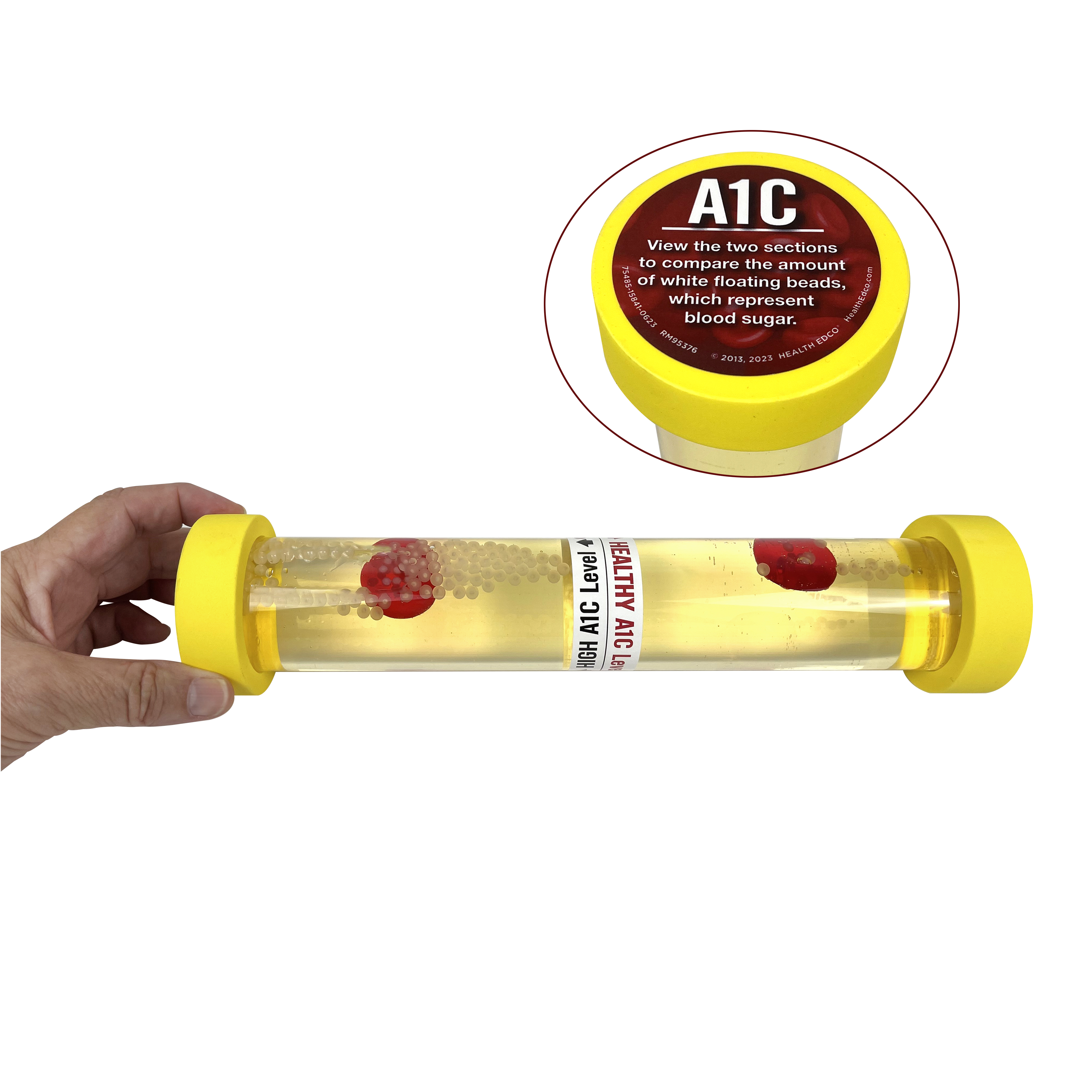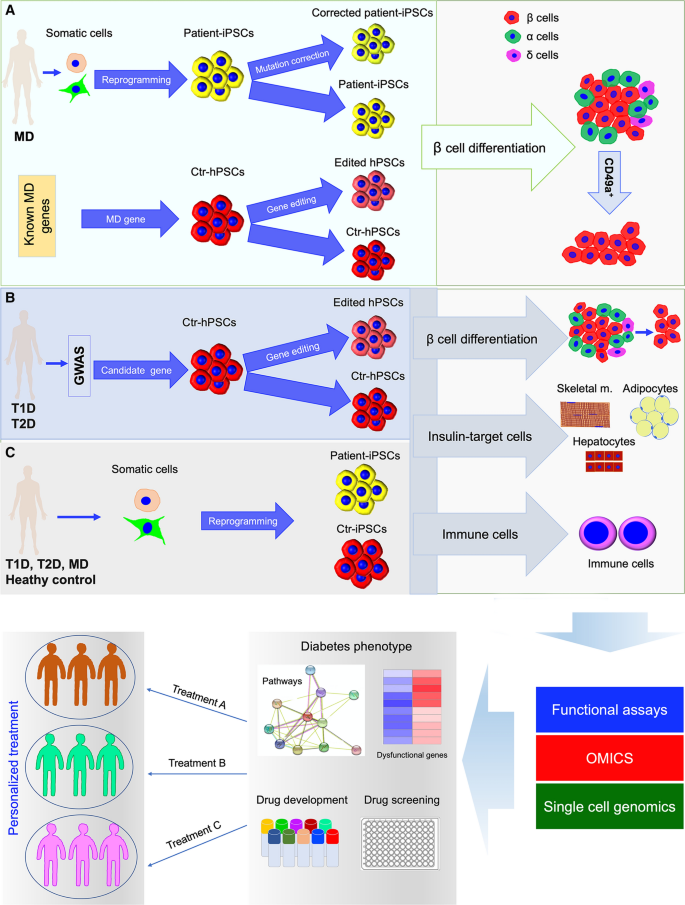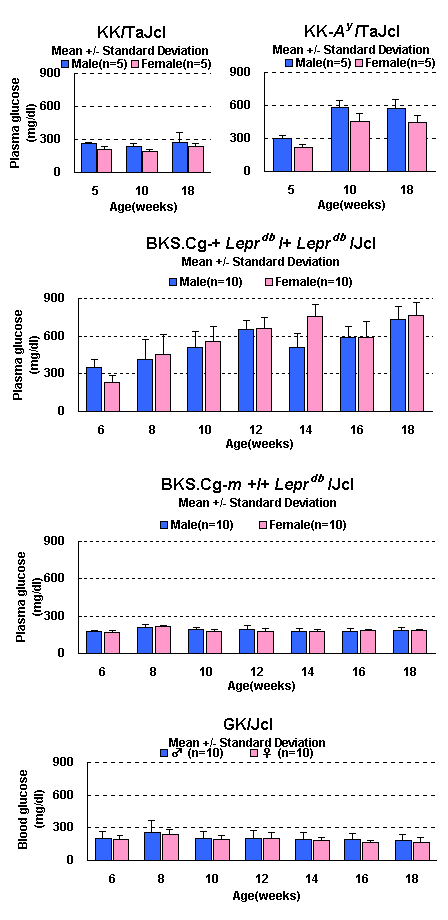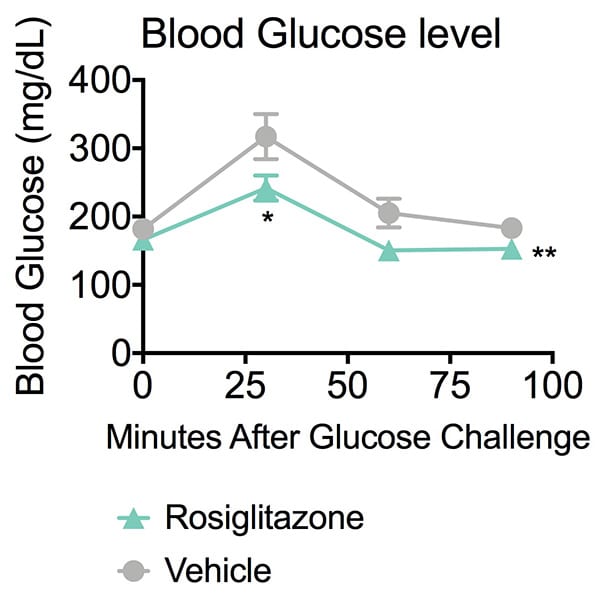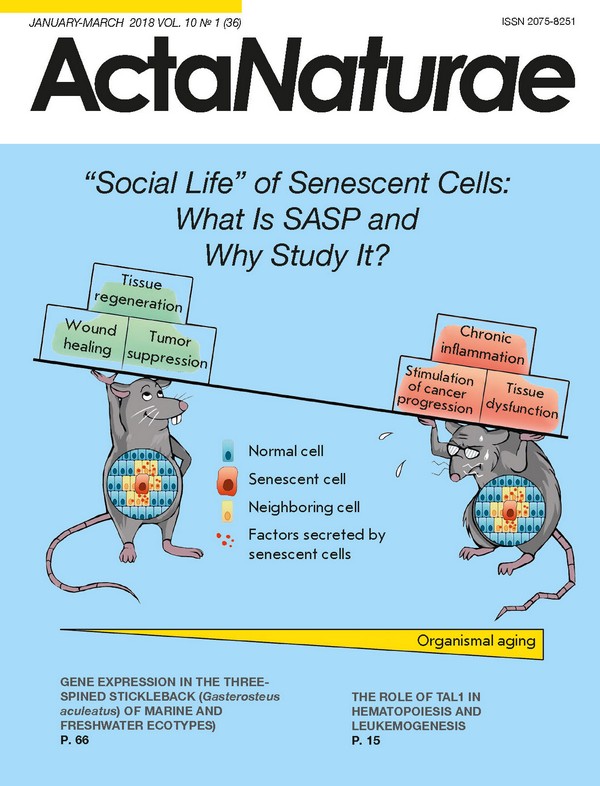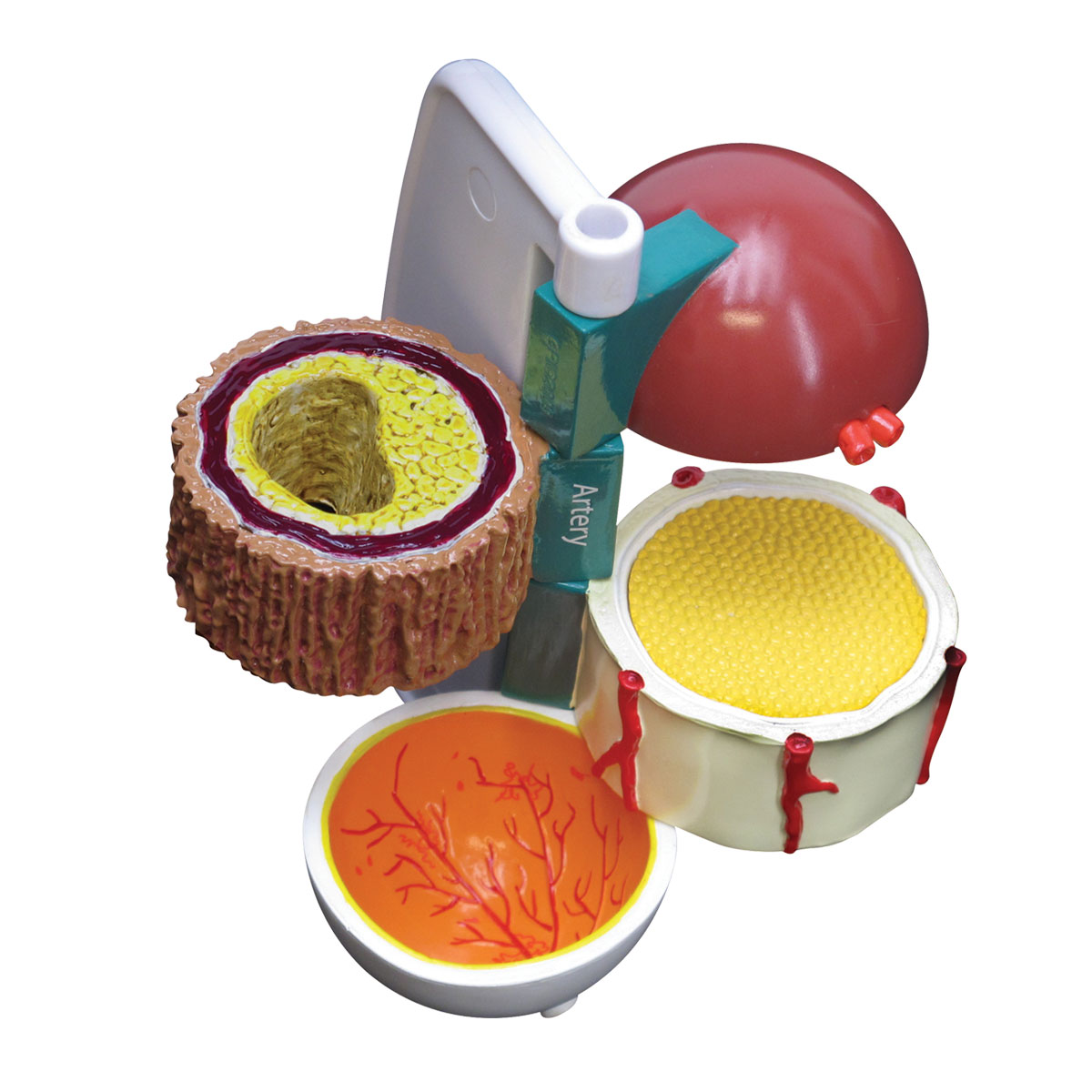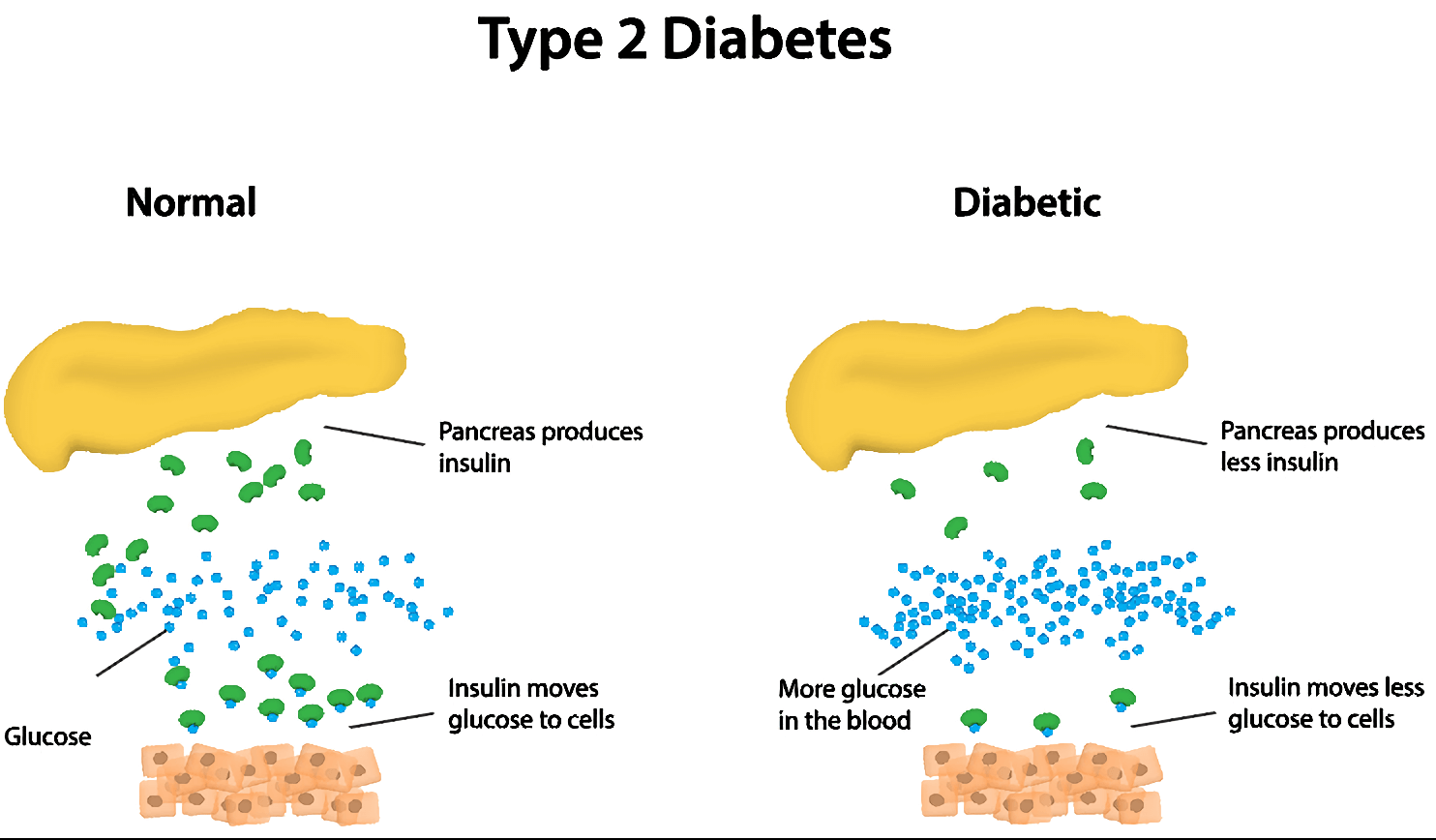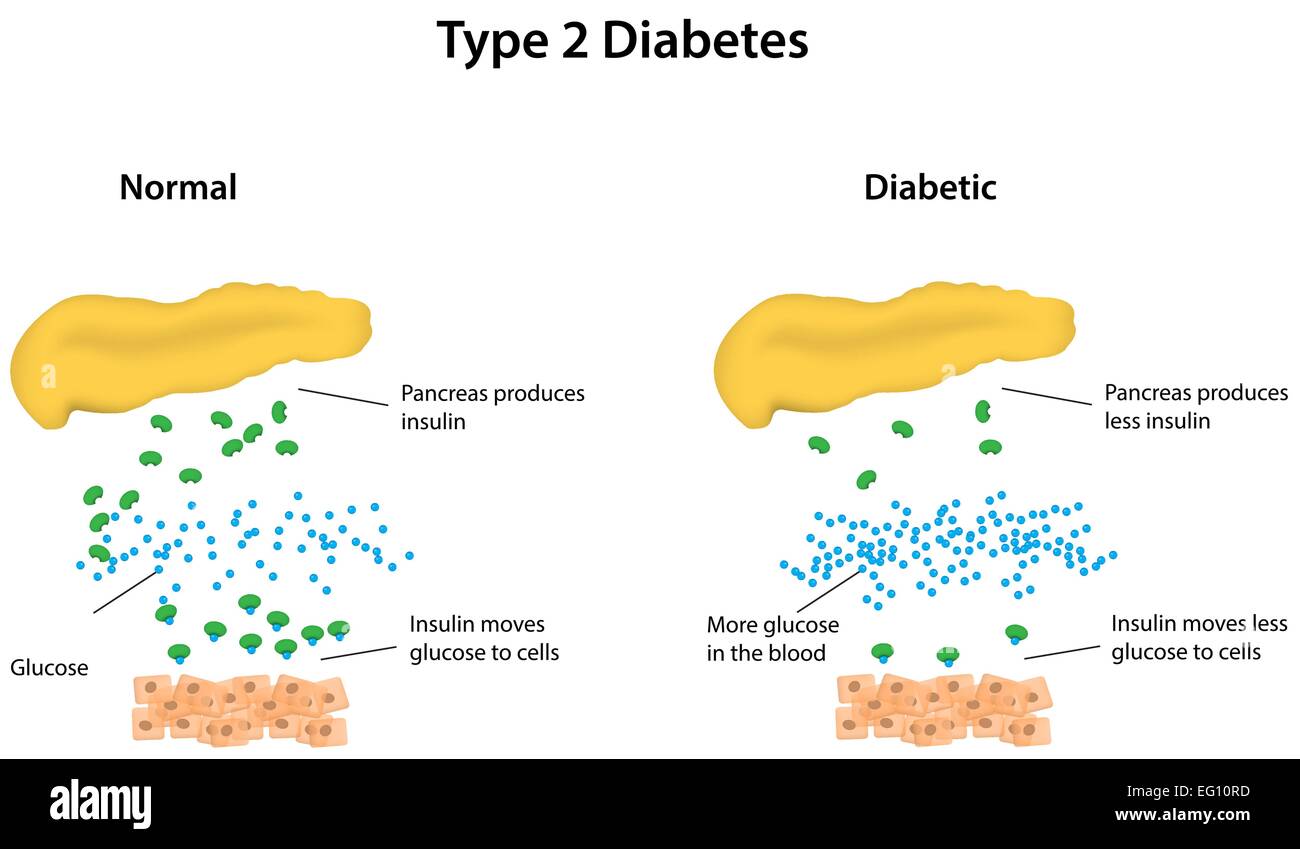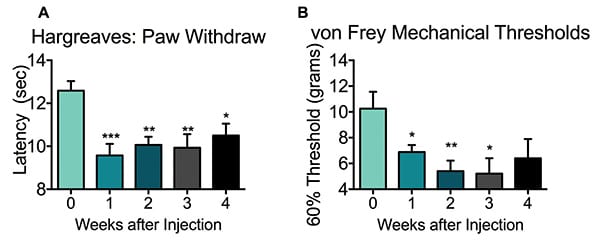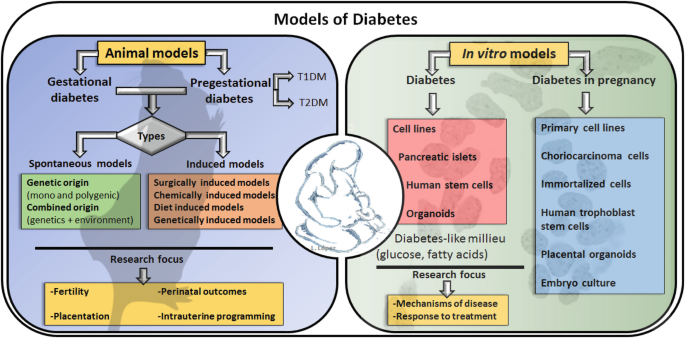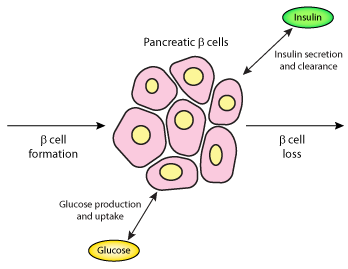
A Model of Beta-Cell Mass, Insulin, and Glucose Kinetics: Paythways to Diabetes — Physiome Model Repository

Deconvoluting the diabetes component pathways. The McCarthy palette... | Download Scientific Diagram

Amazon.com: Diabetes Model Set | Human Body Anatomy Replica of The Effects from Type II Diabetes for Doctors Office Educational Tool | GPI Anatomicals : Toys & Games
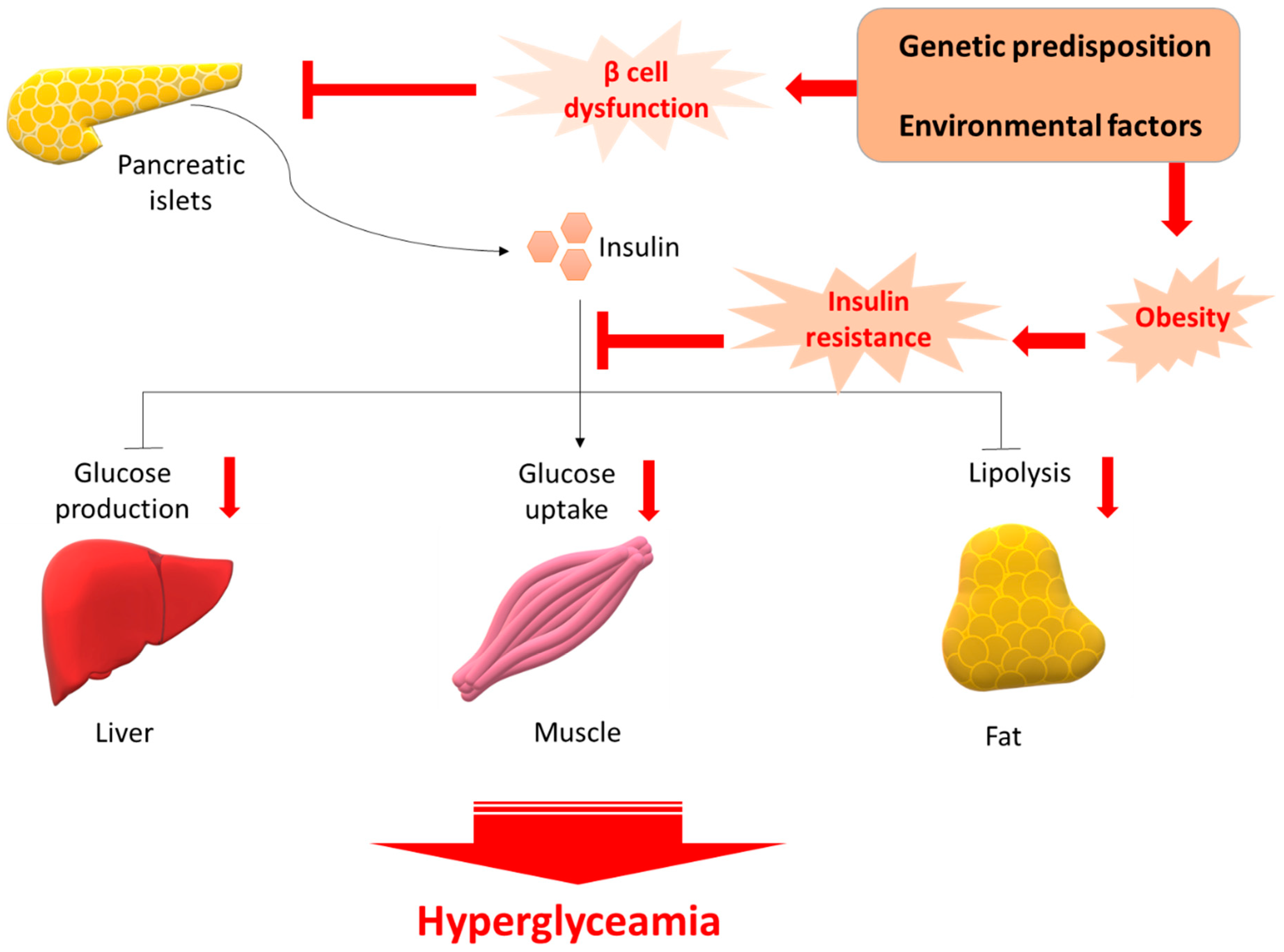
Nutrients | Free Full-Text | In Vivo Rodent Models of Type 2 Diabetes and Their Usefulness for Evaluating Flavonoid Bioactivity

Liver Phosphoenolpyruvate Carboxykinase-1 Downregulation via siRNA-Functionalized Graphene Oxide Nanosheets Restores Glucose Homeostasis in a Type 2 Diabetes Mellitus In Vivo Model | Bioconjugate Chemistry

